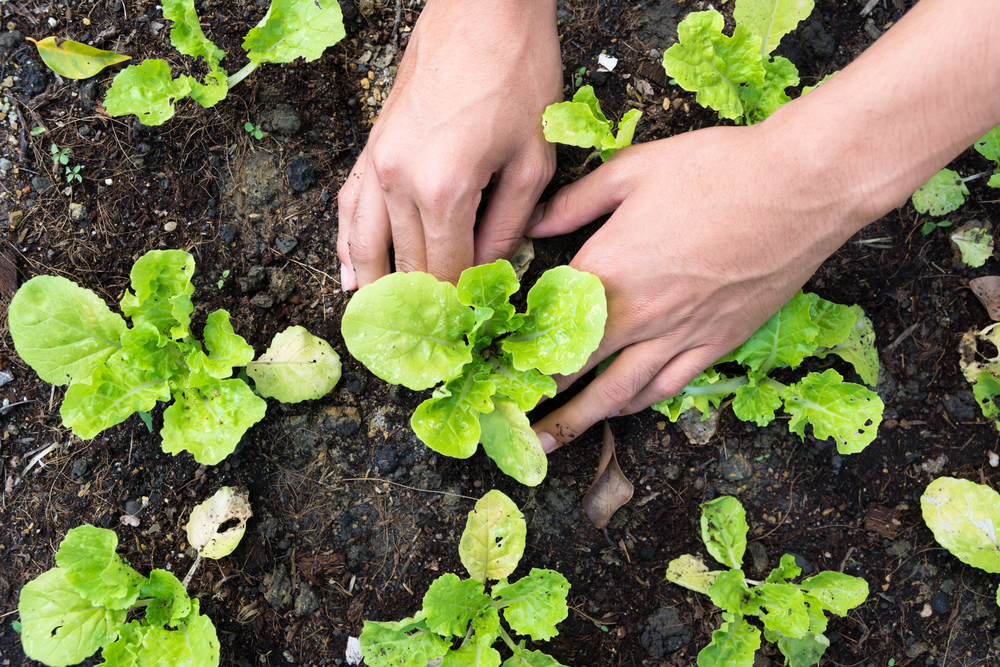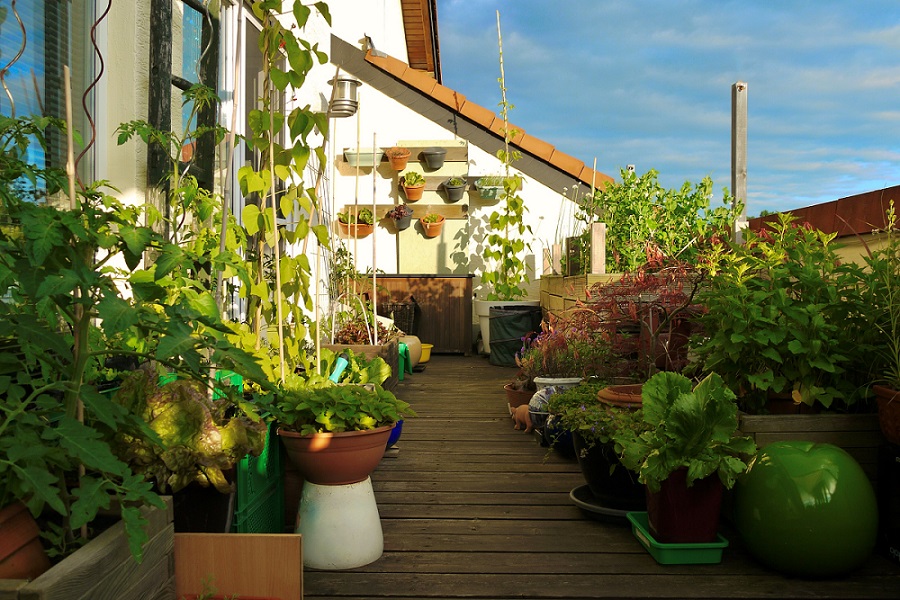
It depends on the type of plants/vegetables you are growing. Some people like to feed their plants every day, while others only feed them once a week. If you have a plant that requires more frequent feeding, then it should be fed three times during the day. They should be eaten in small amounts four or five times a day with vegetables. It is important to feed your plants or grow vegetables often, but not too often. If you plant a seed and then walk away for a few days, the seed will grow long roots capable of absorbing water and nutrients from the soil.
Overfeeding it with nutrients can cause nutrient burn, making for poor plant growth and ultimately preventing them from growing well. Ideally, it would help if you tried to keep your plants fed at all times. Many factors contribute to plant health and vigor, but they will die if you don’t water them enough. Therefore, it’s important to give your plants the appropriate amount of water for each life cycle stage.
Contents
Veggies that need more frequent feedings
Vegetables that don’t need a lot of nutrients are more likely to thrive when they’re not watered too often. For example, consider plants like cucumbers, tomatoes, and lettuces. These vegetables grow well with only two to three feedings per week. On the other hand, some veggies require more frequent feeding to stay healthy and produce crops. Nighttime is a great time to water your plants because it ensures that they have enough oxygen for the night and wake up the next morning to re-absorb moisture from the soil. Many vegetables need to be fed more often than others. One example is carrots. Carrots are root vegetables and need to be rooted in dirt or soil regularly to grow.
It could rot and decompose quickly if you forget to feed your carrot. Other vegetables such as cucumbers, tomatoes, and beans can also be fed more often, depending on the type of plant that you have growing in your garden. Vegetables need to be fed daily. However, some vegetables require more frequent feedings and others less. For example, spinach needs to be fed every other day, and celery needs only to be fed once a week. It is important to do a plant’s water requirements periodically. This should be done at least twice weekly for most plants and once or twice a month for water lilies.
Right Time to add a New Plant or Seedling
If you have a garden and haven’t been able to water any of your plants properly, it is Time to give them some help. There are many ways to water plants and vegetables, but sprinklers are the best way to water large areas. The amount of water you put on your plants should be at least 1 inch deep. If the soil is exceptionally dry, you should use one part soapy water with three parts tap water mixed. To grow vegetables in containers, it’s important to use a slow-release fertilizer like Miracle-Gro to get enough nutrients while they’re young. Plants are living organisms, so it is important to nurture them in the best way possible. However, some plants need more TLC than others.
When you decide to add a new plant or seedling to your garden, you should be sure that the plant will thrive with the amount of light and water. Therefore, you should determine if the plant needs full sun or partial sunlight when choosing what Time of day to start watering it. When it comes to planting a new plant, one rule of thumb should be followed: never add a new plant or seedling before the other plants in the garden are fully grown. Plants grow at different rates, and they need Time to get established before meeting their full potential. Adding too many plants into a garden will crowd out all the other plants, and they won’t have enough nutrients or space to flourish.

Tips for Successful Feedings
There are two types of nutrients plants need to grow properly: Nitrogen and Phosphorus. There are also many other nutrients that plants need in smaller quantities. It is important not to over-fertilize plants, so they don’t develop any harmful deficiencies. The best Time to feed plants is when the water in the soil is running low or has dried up completely. When a plant’s roots are close to reaching the water table, this is a good time for feeding. Plants need nutrients to grow. Plants need water, but they also need food.
To put all of the plant’s needs in a single tip, you must look for good gardening practices and plant your plant appropriately. Try to feed your plants at the same Time every day, and make sure you are using proper amounts of water. There are a few good reasons to feed plants and grow vegetables. They may need a little boost of nutrients for flower or fruit production or for the plant to grow bigger.
The best Time to feed plants is when they reach 12 inches tall and show signs of needing more light. It’s also important not to water plants too much; water should be sprayed on the soil near the plant rather than over it. The best way to give plants all their nutrients is by using organic fertilizers with an NPK ratio of 5-10-5. Plants can get hungry and need nutrients, but you don’t want to overfeed them.
When determining how often to feed plants, several factors, such as light intensity and watering frequency. For example, suppose a plant is visibly dropping. In that case, leaves turn yellow, or the plant is not receiving sunlight; it may need more nutrients. The best Time to feed your plants is when they have a significant amount of water in their soil. If you are unsure, wait until the top inch of soil has dried out. Plants need a lot of water to grow and can only use nutrients from the soil when it’s wet, so make sure that there is lots of moisture before you feed your plants.









